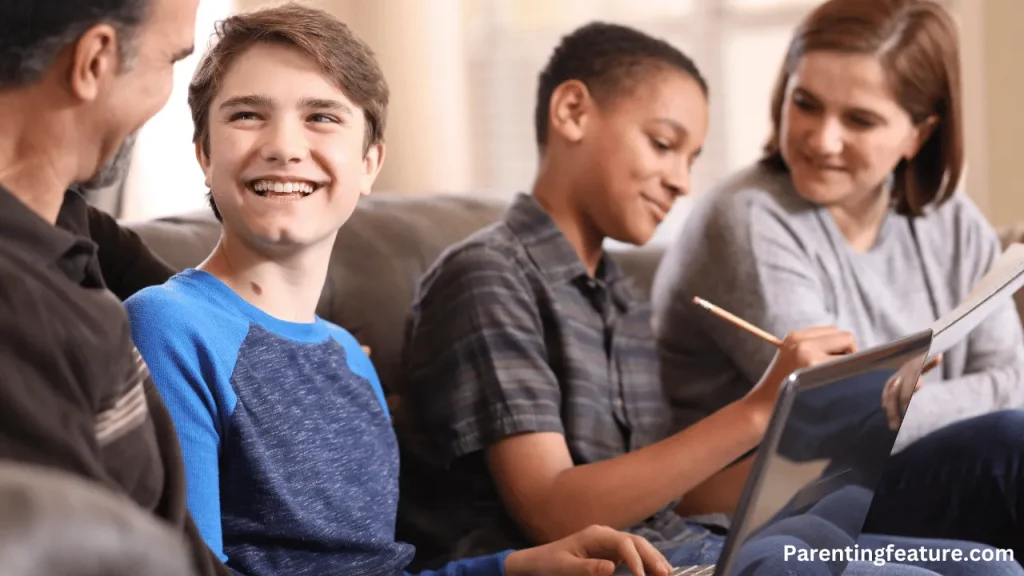The foster care system serves as a critical safety net for children who are unable to live with their birth families due to safety concerns, neglect, or Abuse.
It’s a complex, often misunderstood network that provides temporary, safe living arrangements and therapeutic services for vulnerable children.
While the ultimate aim for many of these children is Reunification with their birth families, achieving this goal can be a winding journey, fraught with challenges and dictated by numerous factors.
This comprehensive exploration delves into why children enter foster care, the intricacies of the foster care and reunification process, the factors that influence the length of foster care placements, and the potential outcomes when Reunification is not feasible.
What is the Foster Care System?
At its core, the foster care system is designed to protect children from harm and provide them with a safe, nurturing environment when their own families are unable to do so.
Whether due to neglect, Abuse, or other crises, children in foster care need stability and care until they can safely return home or a permanent solution is found.
The process is governed by a legal framework that prioritizes the child’s best interests, aiming for Reunification with their birth family whenever it is safe and possible.
However, the road to Reunification or finding another permanent home can be lengthy and complex, influenced by various factors, including the reasons for the child’s placement in care, legal issues, and the availability of resources.
Reasons for Entering Foster Care
Children enter the foster care system for myriad reasons, each case imbued with its complexities and challenges:
- Neglect is the most prevalent reason why children are not provided with their basic needs, such as food, shelter, medical care, and education.
- Physical Abuse involves the intentional infliction of harm, leading to both immediate and long-term psychological effects.
- Parental Substance Abuse, where addiction impairs a parent’s ability to care for their child, creating unsafe living conditions.
- Mental Health Issues of a parent can affect their capacity to provide adequate care.
- Incarceration leaves a child without a caregiver if a parent is jailed.
- Abandonment occurs when a parent leaves a child without any intention of returning.
Also read: How Problem Solving Fosters Children’s Minds

Timeline of Foster Care and the Reunification Process
Several vital phrases punctuate the journey through foster care to Reunification:
- Initial Removal includes the investigation by child protective services, court hearings, and the child’s placement into foster care.
- Case Plans and Goals involve creating an individualized plan for parents to regain custody.
- Regular Reviews include court hearings and assessments to monitor progress.
- Reunification Efforts can comprise supervised visits, family therapy, and parenting classes.
- Barriers to Reunification might include legal time limits, severity of the reason for the initial Removal, or failure to complete case plans.
Factors Affecting the Length of Foster Care Placement
Several factors can influence how long a child remains in foster care:
- Age of the Child: Younger children often have shorter placements.
- Legal Issues: Complex cases can extend the timeline.
- The severity of Abuse/Neglect: More severe cases may require longer to address.
- Parental Progress: The commitment to and completion of case plans plays a crucial role.
- Availability of Resources: Access to support services can impact reunification efforts.
- Child’s Needs: Special needs may necessitate a more extended search for the proper placement.
When Reunification is Not Possible or Safe
In cases where parents cannot meet the requirements for Reunification or it is deemed unsafe, alternative paths are considered:
- Parental Rights Termination can lead to adoption, long-term foster care, or kinship care.
- Alternative Plans seek to find a stable, loving environment for the child, whether with relatives or through adoption.
Also read: Understanding Why Children Need Fostering
The Impact of Foster Care Duration on Children
The time spent in foster care can significantly affect a child’s emotional and mental well-being. The trauma of separation, coupled with the instability of multiple placements, can lead to attachment issues, anxiety, and developmental delays.
However, positive experiences within the foster care system can also foster resilience and offer new opportunities for growth and healing.
It is crucial to support both the families and the professionals navigating the foster care system. Resources such as the Child Welfare Information Gateway and FosterClub, alongside local organizations, provide vital information, advocacy, and support networks.
Conclusion
The path from foster care to reunification or another permanent home is complex. Yet, understanding the intricate timelines, processes, and factors at play is essential for supporting the children, families,
and professionals involved. Through collective efforts, patience, and compassion, we can offer hope and foster positive outcomes for those touched by the foster care system.
By championing the cause of these vulnerable members of our community, we emphasize the importance of stability, love, and the opportunity for every child to thrive in a safe environment.
FAQs
1. What is the primary goal of the foster care system?
The primary goal of the foster care system is to provide a temporary, safe, and nurturing environment for children who cannot live with their birth families due to safety concerns, neglect, or Abuse. The ultimate aim is Reunification with their birth families whenever it is safe and possible to do so.
2. Why do children enter the foster care system?
Children may enter foster care for various reasons, including neglect, physical abuse, parental substance abuse, mental health issues of a parent, incarceration of a parent, or abandonment. Neglect, where the child’s basic needs are unmet, is the most common reason.
3. What is the process for placing a child in foster care?
The process typically begins with an investigation by child protective services following a report of concern. If the situation is deemed unsafe for the child, a court hearing is held to determine the necessity of Removal from the home. Subsequently, the child may be placed into foster care while efforts toward Reunification are initiated.
4. What efforts are made to reunify families?
Reunification efforts may include supervised parent visitation, family therapy, substance abuse treatment, parenting classes, and home visits and assessments. These are designed to address the reasons for the child in care and prepare the family for safe Reunification.
5. What are the barriers to Reunification?
Barriers can include legal time limits mandated by law, the severity of the initial reason for removing a parent to complete their case plan, parental mental health conditions, and parental incarceration. These factors can delay or prevent Reunification.
6. How does the age of the child affect foster care placement?
Younger children often have shorter placements in foster care, with a focus on swift Reunification or finding another permanent home. The process and timeline can vary significantly based on the child’s needs and the specifics of their case.








